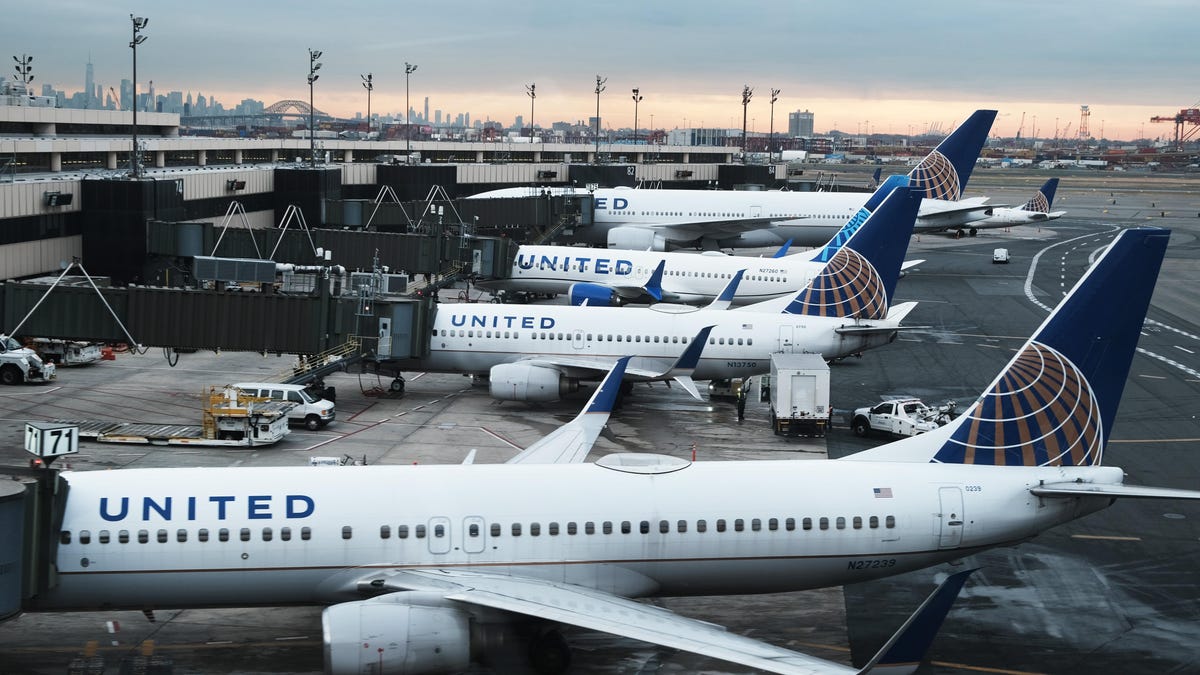
FAA Deploys New Software to Prevent Taxiing Plane Collisions

The Federal Aviation Administration has equipped dozens of airports nationwide with new software program to prevent, what it phone calls, “wrong-surface area landings,” where inbound planes crash into aircrafts ready on taxiways.
As in-depth by Axios, the software program is termed ASDE-X Taxiway Arrival Prediction (ATAP), and makes use of radar and sensors to detect planes that are lining up on airport taxiways—not runways—and getting ready for takeoff. The software package will then notify air visitors controllers, who can then notify the pilots of inbound aircrafts, thus avoiding improper surface area situations. The FAA informed Axios that there ended up 1,641 of these events from Oct 2016 to the stop of 2022, however 83{5376dfc28cf0a7990a1dde1ec4d231557d3d9e6448247a9e5e61bb9e48b1de73} of these functions did not entail industrial aircrafts.
“ATAP supplies an additional layer of safety for pilots and travellers at airports with various parallel runways and taxiways,” said Captain Jeffrey Sedin, airport ground environment chairman with the Air Line Pilots Association, in an FAA blog site post.
The FAA reported in its post that the ATAP software has prevented 50 incorrect-area landings due to the fact it was initial released in 2018 at Seattle-Tacoma Worldwide Airport. In 2023, there have currently been eight alerts. Some airports have a identical software package identified as Airport Surface area Surveillance Functionality (ASSC), but significant airports that have ATAP include things like Boston Logan Intercontinental Airport, Charlotte Douglas Global Airport, Newark Worldwide Airport, and Los Angeles Worldwide Airport.
“All will save are equal,” claimed Giovanni Dipierro, former manager of the FAA’s Runway Basic safety Team, in the FAA’s web site article. “Aircraft as compact as a Cessna Caravan 208 up to a Boeing 757 have been sent all-around because of to an ATAP inform.”
G/O Media may perhaps get a fee
Even though planes customarily land on runways specified by aircraft controllers, some have landed on taxiways rather, posing a possibility to flights on these stretches of tarmac. Infamously in 2006, a pilot mistakenly landed on a taxiway at Newark Global Airport, when the flight crew mistook the taxiway as a parallel runway. The incident was subsequently investigated by the Nationwide Transportation Safety Board.
